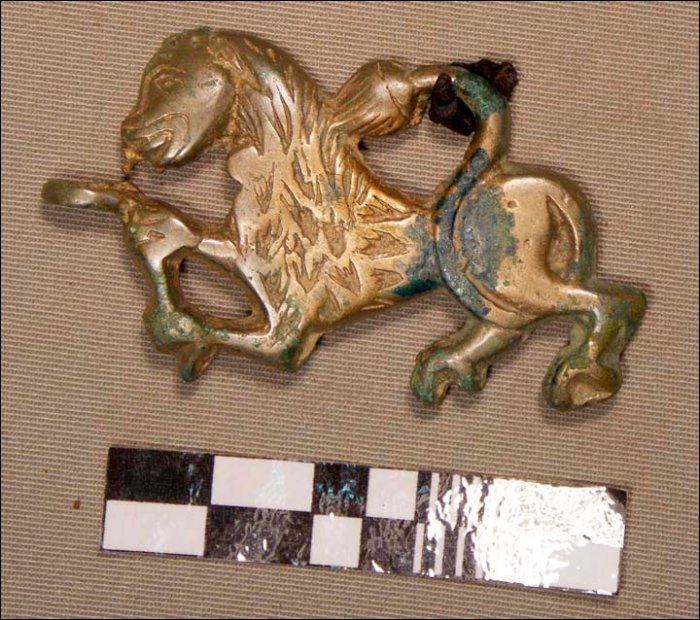How Did 300-Year-Old ‘Jetons’ Of Sun King Louis XIV End Up In Siberia?
– During a dig in Yamalo-Nenets autonomous region, archaeologists unearthed several 300-year-old ‘jetons’ bearing the image of Sun King Louis XIV.
The discovery is somewhat odd, because it remains unknown how the artifacts ended up in this remote part of Siberia.
Jetons were token or coin-like medals produced across Europe from the 13th through the 17th centuries. Louis XIV was King of France from 1643 to 1715.

Scientists are ow trying to determine how these coins reached Russia. According to one theory, it is possible the government of the Tsar bought metal from items no longer used in European countries. Possibly they were bartered by Russians to the Northern Selkups.
The Selkups are one of the indigenous peoples of Northwest Siberia. They have traditionally been hunters and fishermen. The ancestry of the Selkup goes back to the Neolithic cultures of the 3rd Century BC. These societies were the origin of a wide range of tribes from the Eastern Ural region of Western Siberia. Today there are some 4,300 Selkups living at the watersheds of the River Ob.
Not only jetons were unearthed during the excavation. According to anthropologist Olga Poshehonova, researchers also found several iron knives with handles with enamel decorations produced by Russians’ and an intriguing ‘lion figurine’ of uncertain origin, dating back to the 12th century.
Archaeologists also came across very beautiful ancient jewelry made in Western Siberia and the Urals. ‘Earrings, noise-making pendants, and a remarkable set of buttons manufactured between the 12th and 18th centuries’.
All the unearthed artifacts will now be cleaned and later displayed at Shemanovsky’s Museum in Salekhard.



 Creators of mankind
Creators of mankind Description of “Tall white aliens”
Description of “Tall white aliens” Where they came from?
Where they came from? About hostile civilizations
About hostile civilizations The war for the Earth
The war for the Earth “Tall white aliens” about eternal life
“Tall white aliens” about eternal life Video: “Nordic aliens”
Video: “Nordic aliens” Aliens
Aliens Alien encounters
Alien encounters The aliens base
The aliens base UFO
UFO Technology UFO
Technology UFO Underground civilization
Underground civilization Ancient alien artifacts
Ancient alien artifacts Military and UFO
Military and UFO Mysteries and hypotheses
Mysteries and hypotheses Scientific facts
Scientific facts


















